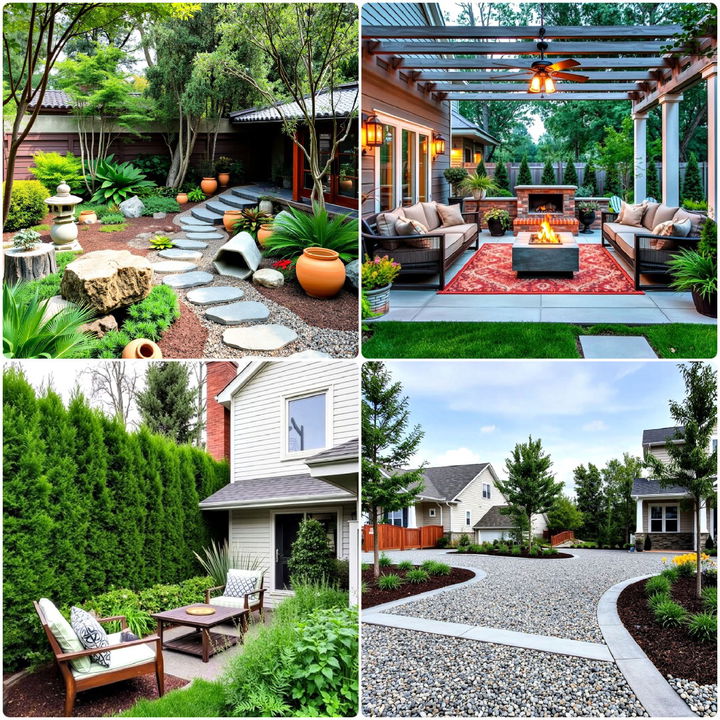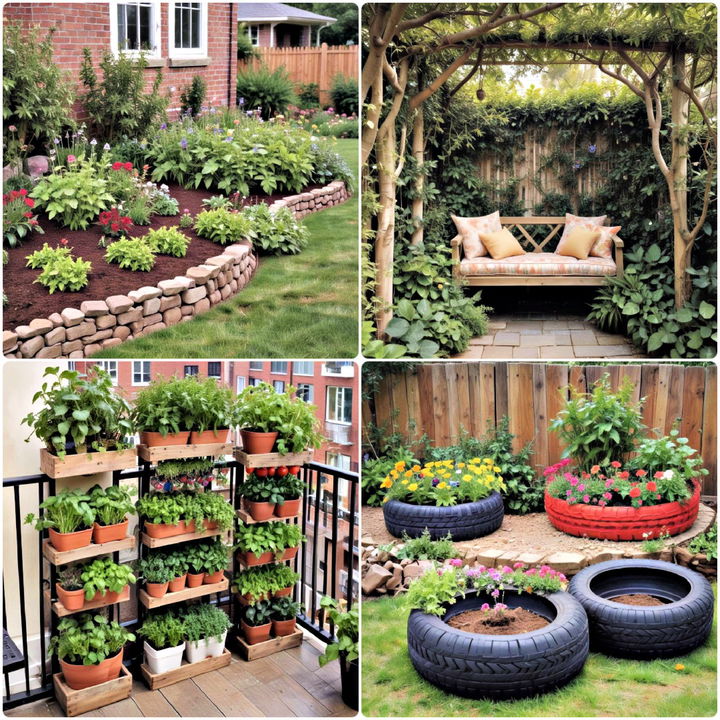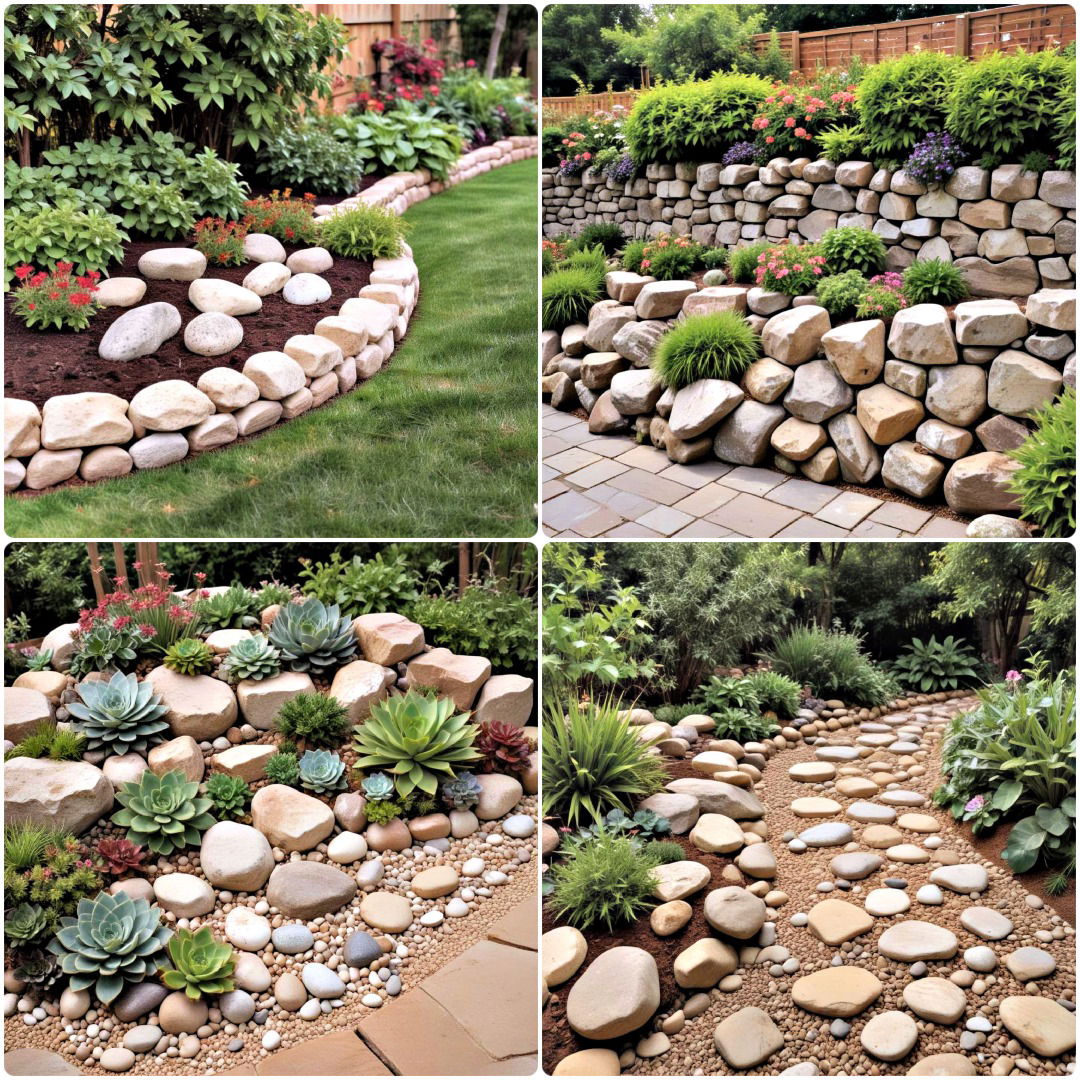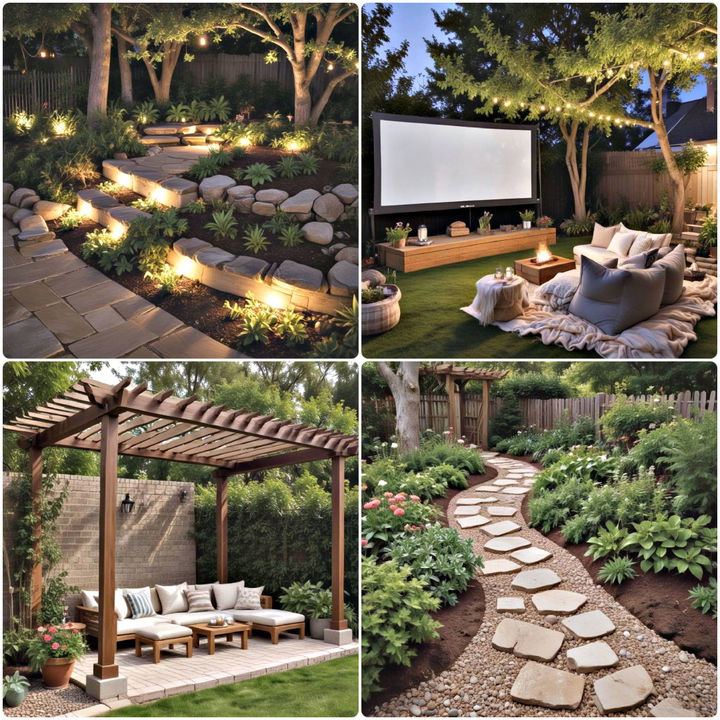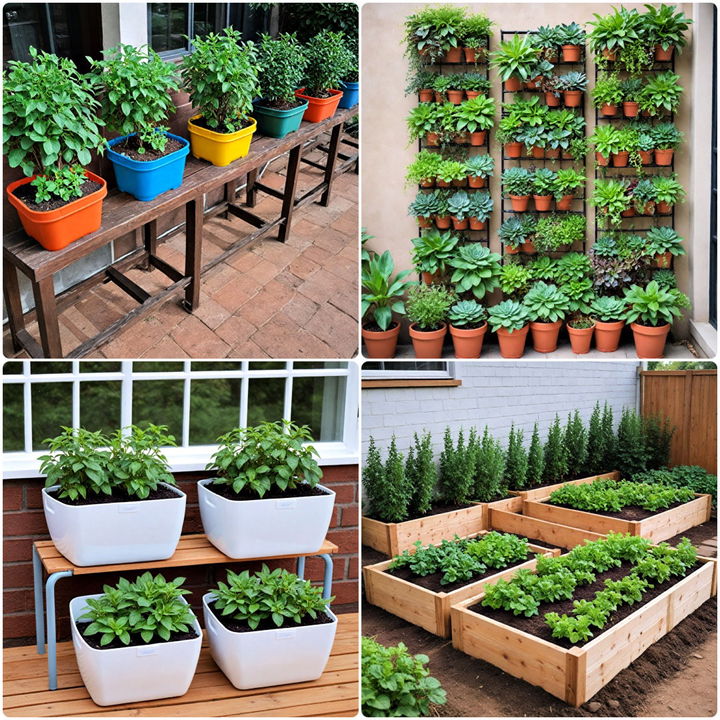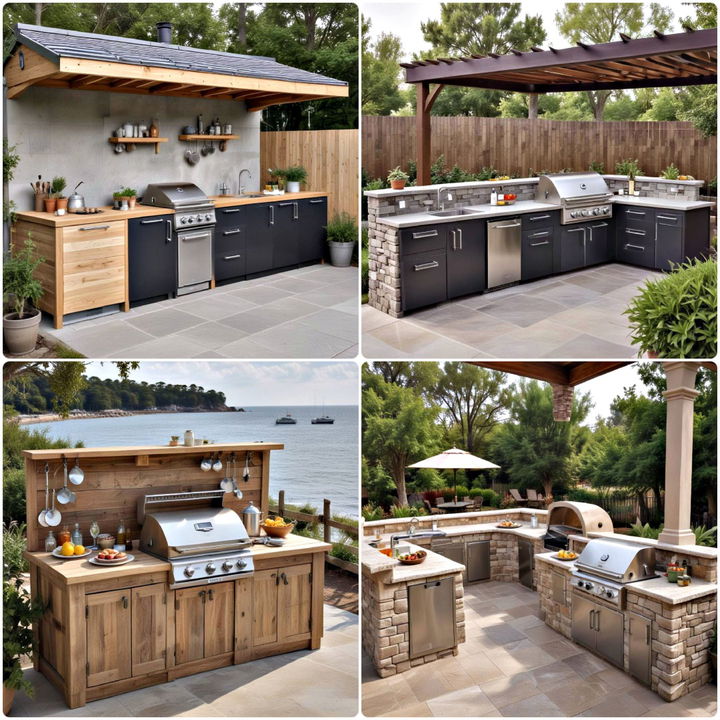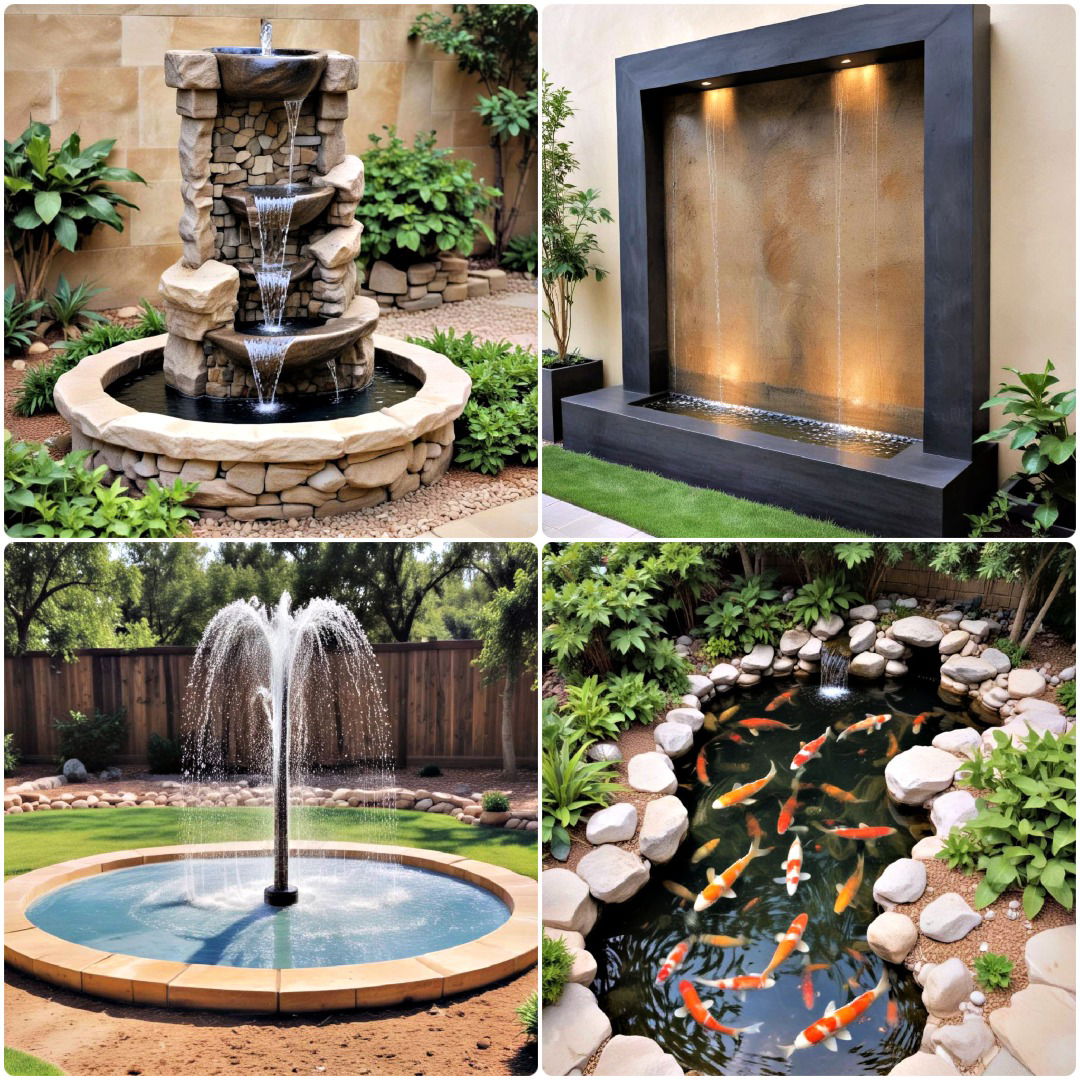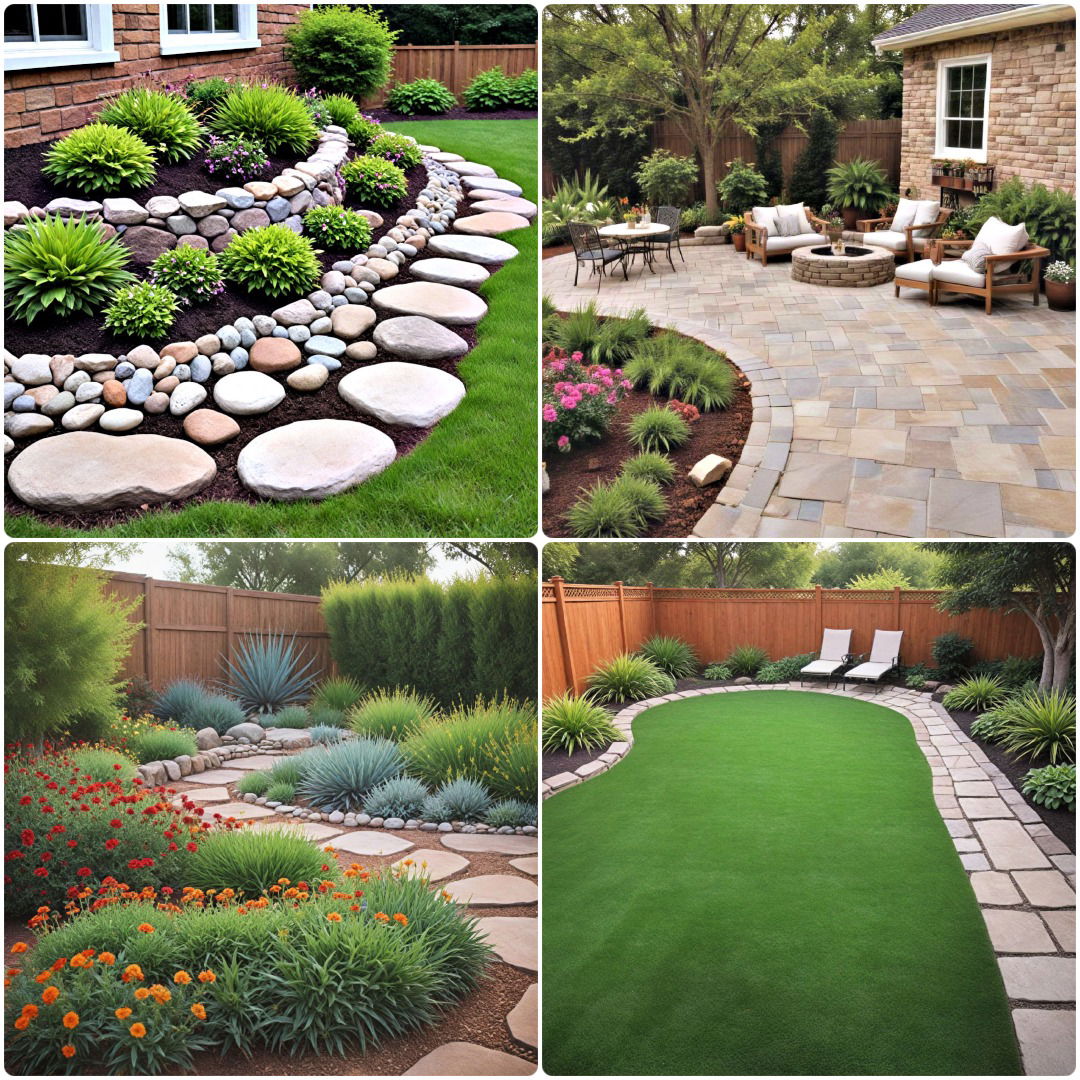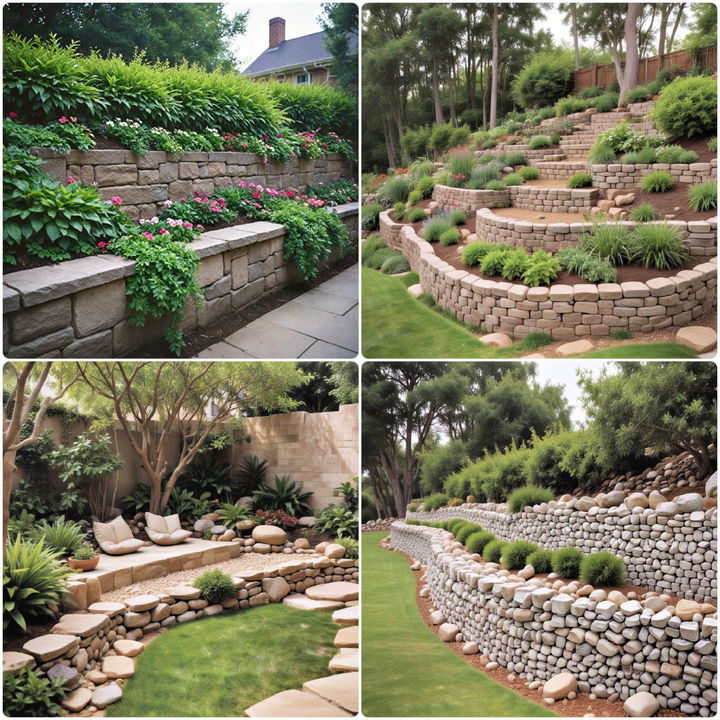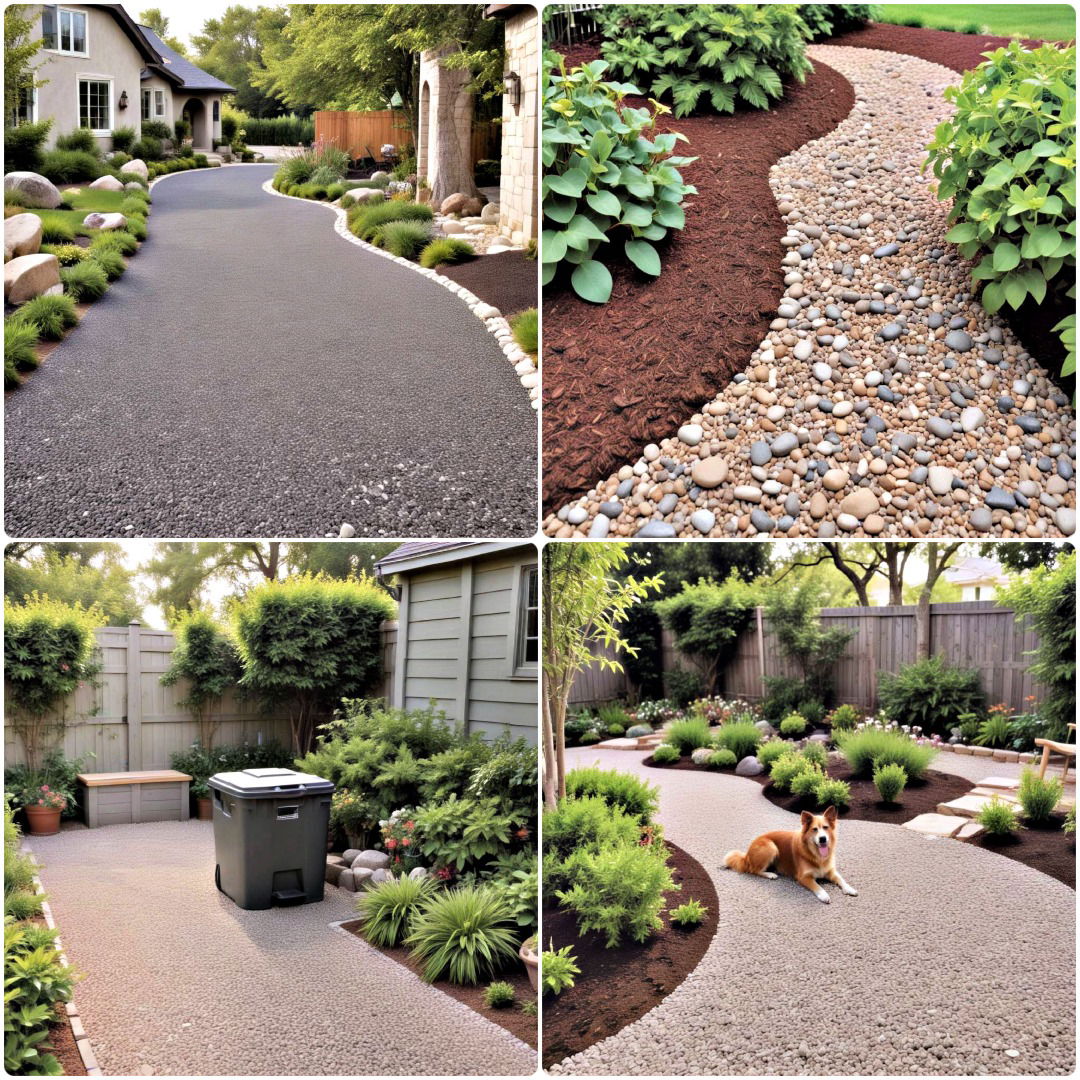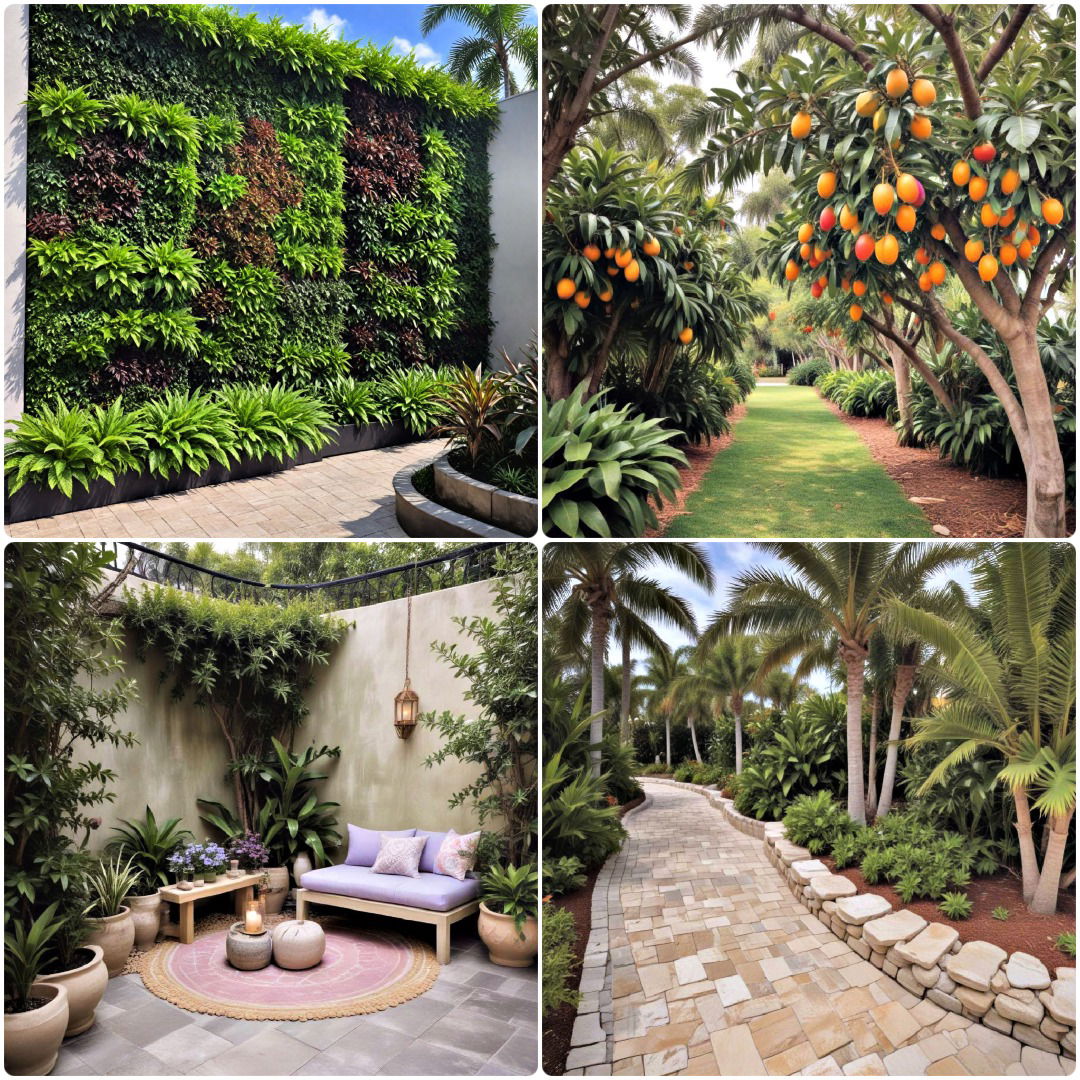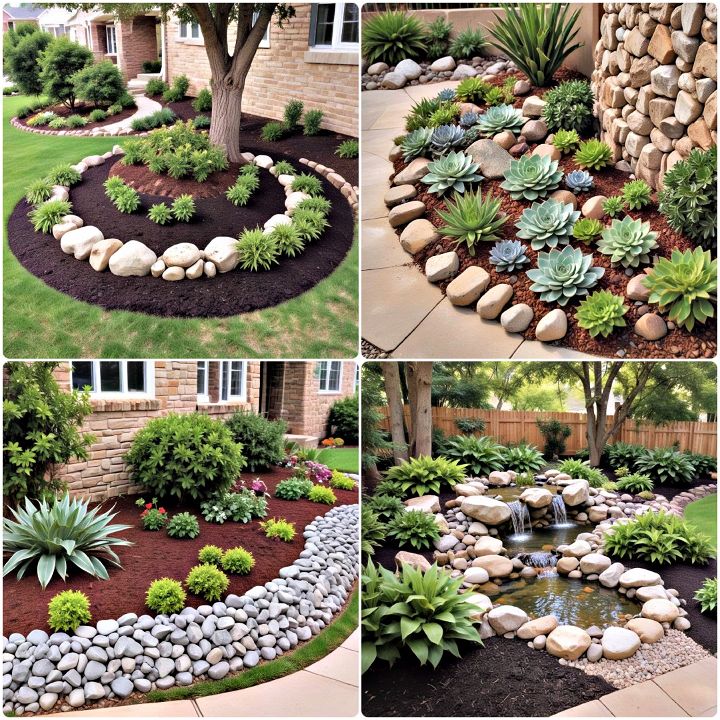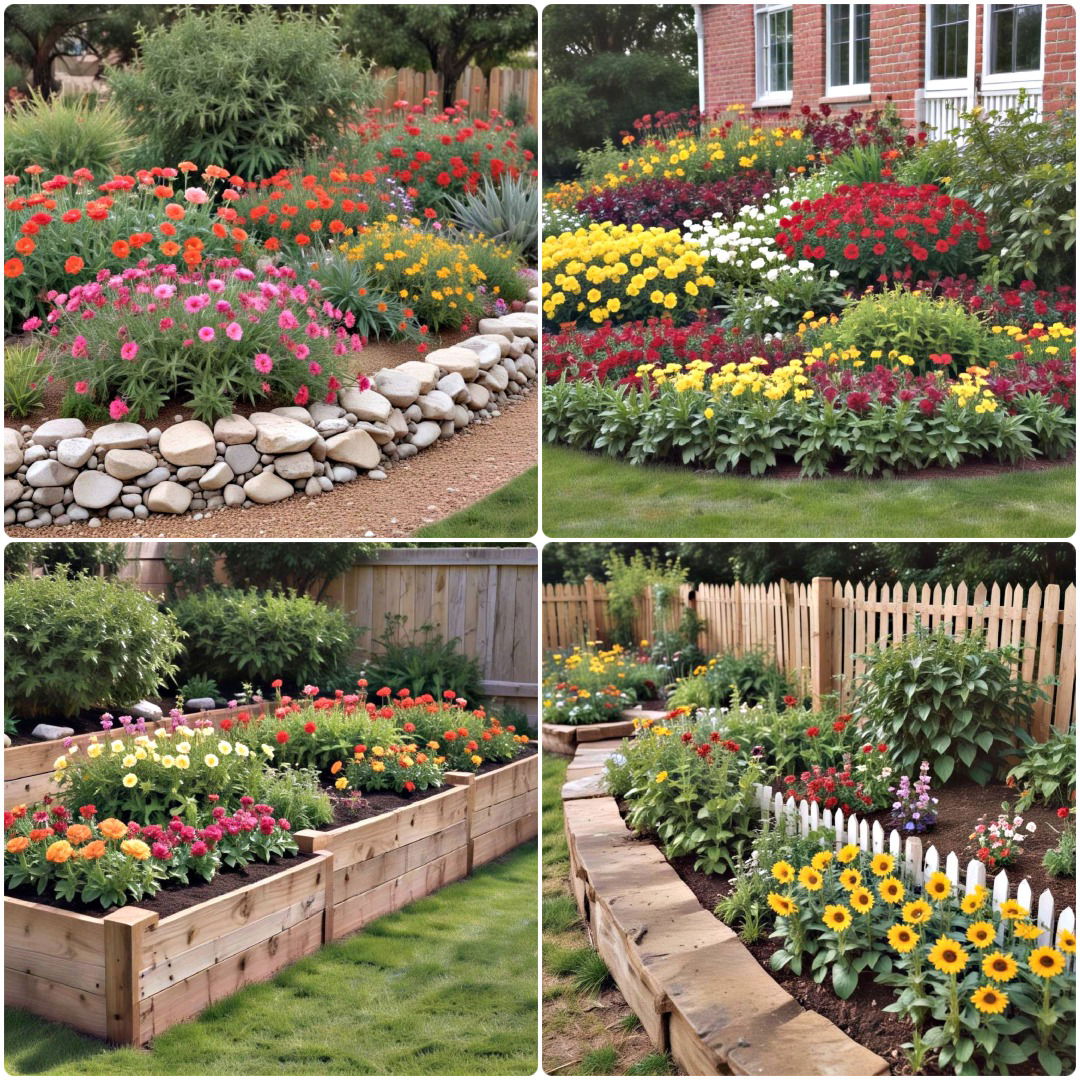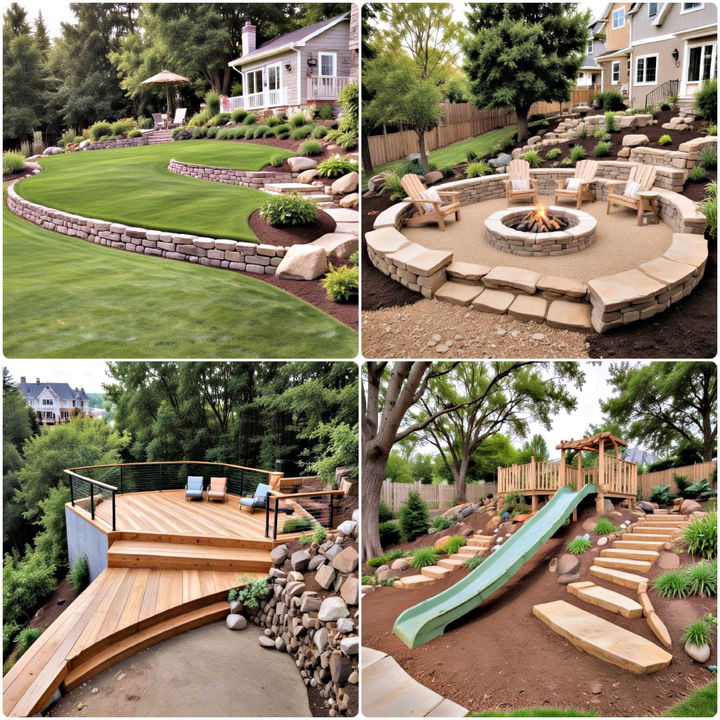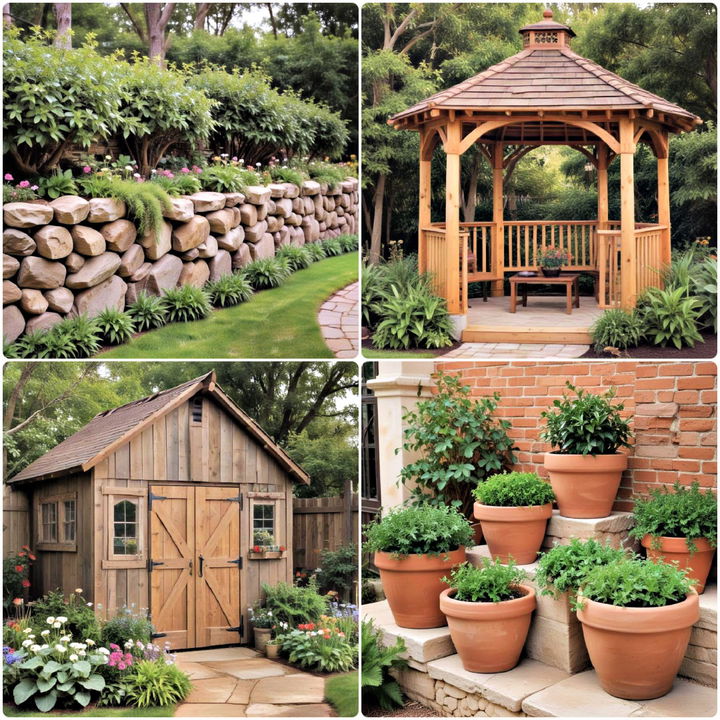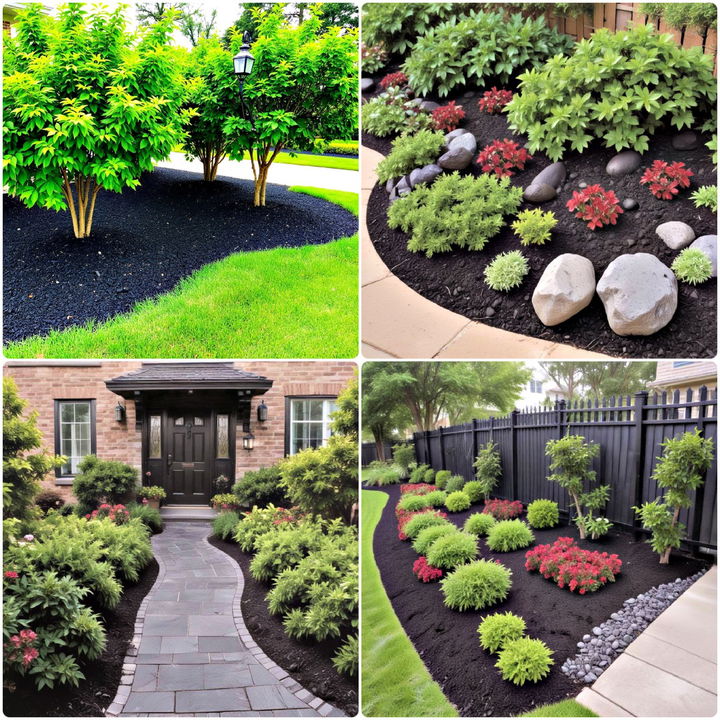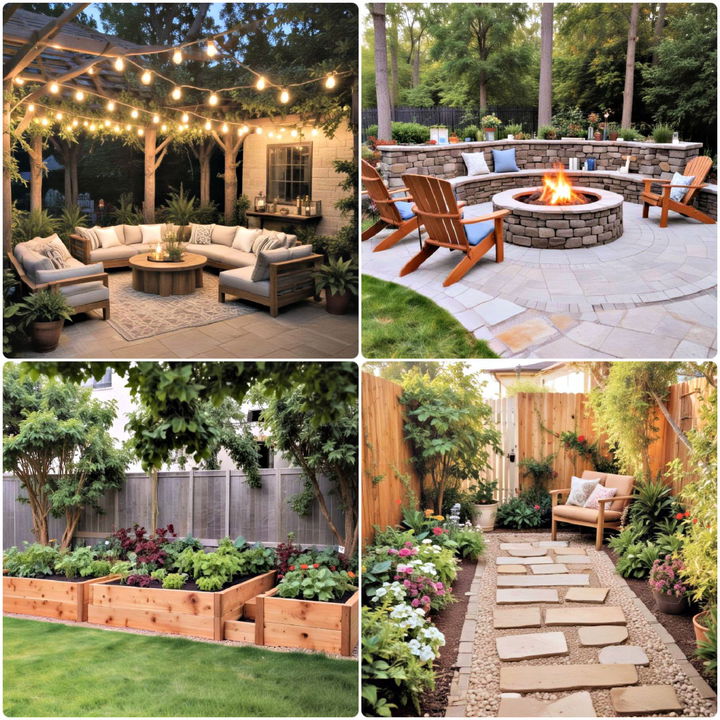Creating a low-maintenance garden can save time, money, and effort. Xeriscape landscaping ideas focus on water-efficient plants and thoughtful design to keep your garden beautiful without constant upkeep. Incorporating native plants and reducing lawn areas helps conserve water, reduce weed growth, and support local wildlife. Plus, choosing drought-tolerant plants can lead to a thriving garden even in dry climates.
Explore these practical xeriscape ideas to transform your garden into a sustainable and stunning space. Use mulch to retain moisture, and consider drip irrigation systems for efficient watering. Grouping plants with similar water needs will make it easier to manage and maintain your garden. By adopting these methods, you can create a visually appealing and eco-friendly landscape.
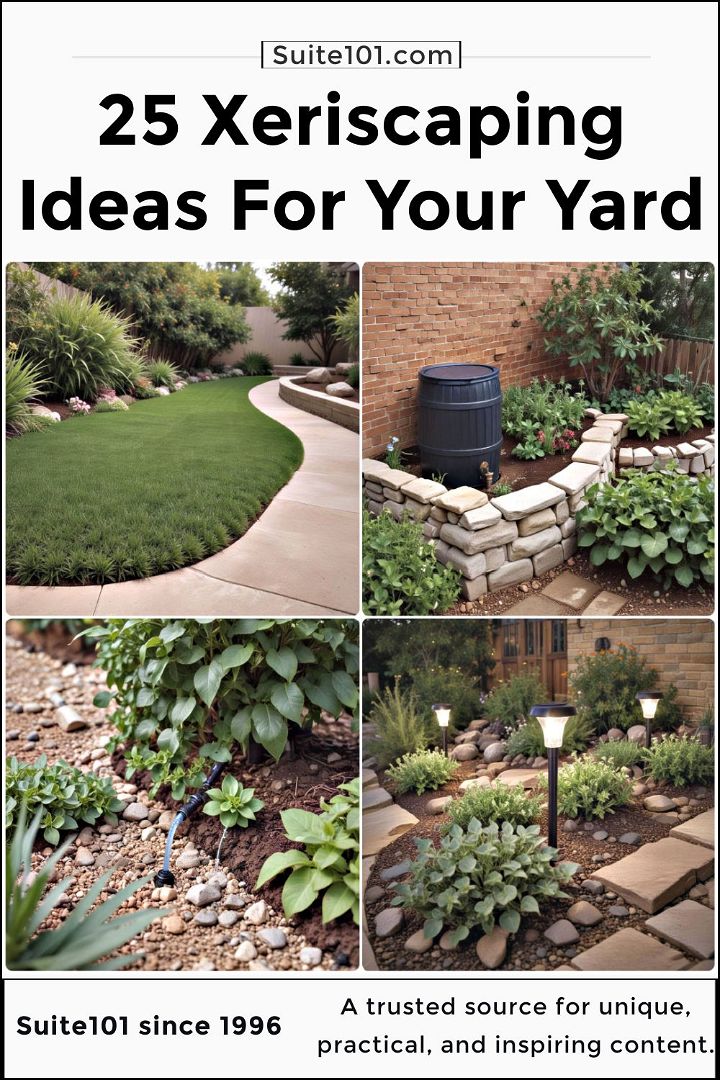
Discover 25 Xeriscape Ideas to transform your garden into a sustainable, water-efficient oasis with stunning plants and smart landscaping solutions.
1. Drought-Resistant Plant Arrangement
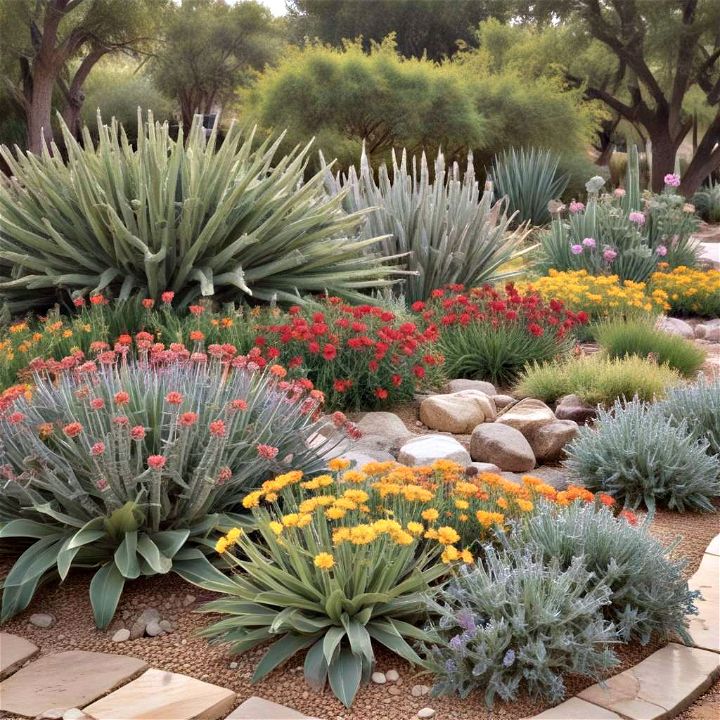
Creating a garden full of drought-resistant plants is a smart way to beat the heat without compromising on aesthetics. These plants require minimal watering, saving you time and money. Their hardiness also means they're survivors, thriving in dry conditions while still offering a lush, vibrant landscape.
2. Gravel Garden Paths
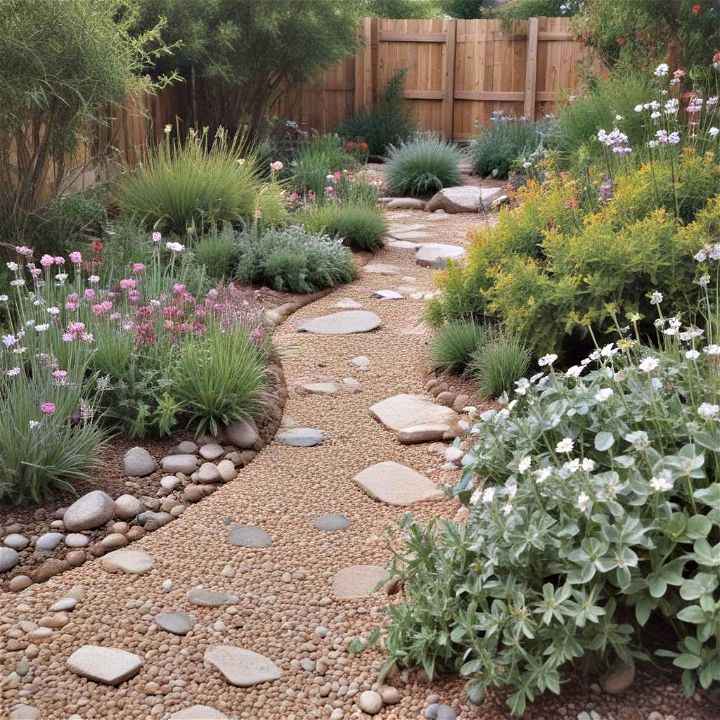
Discover creative xeriscape ideas to transform your garden into a water-efficient oasis. Incorporate gravel garden paths to your outdoor space for a low-maintenance, yet stylish touch. Gravel allows for excellent drainage, reducing water usage and preventing runoff. Plus, it adds a delightful crunch underfoot, bringing a sensory pleasure to your garden walks.
3. Native Plant Selections

Choosing native plants for your garden not only reinforces local ecosystems but also minimizes upkeep. These plants naturally adapt to local climate and soil conditions, requiring less water and fertilizer. They attract native wildlife, too, enhancing your garden's biodiversity and beauty.
4. Permeable Paving
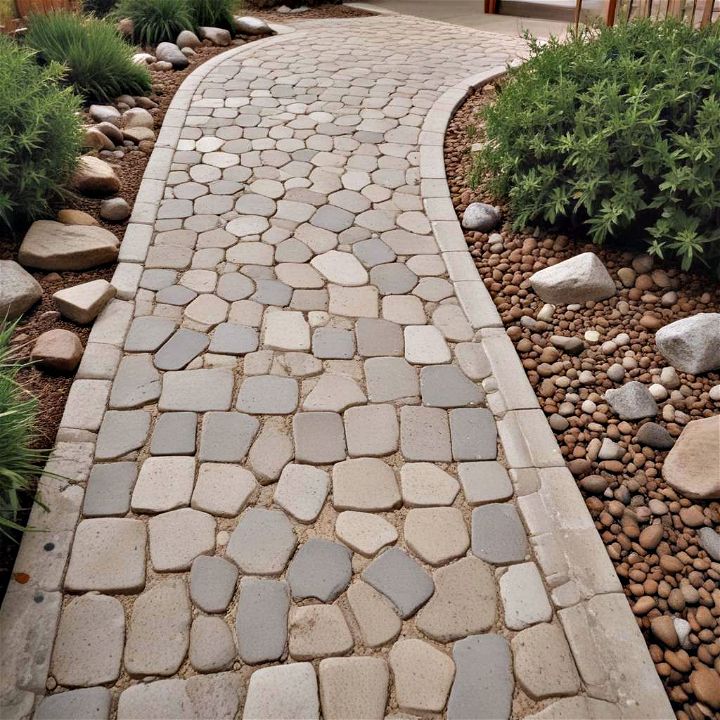
Permeable paving materials, such as porous concrete, pavers, or natural stone, offer a sustainable and visually appealing alternative for walkways and patios. They allow rainwater to seep through, reducing runoff and replenishing groundwater. This eco-friendly choice conserves water while keeping your outdoor areas accessible and attractive.
5. Succulent Gardens
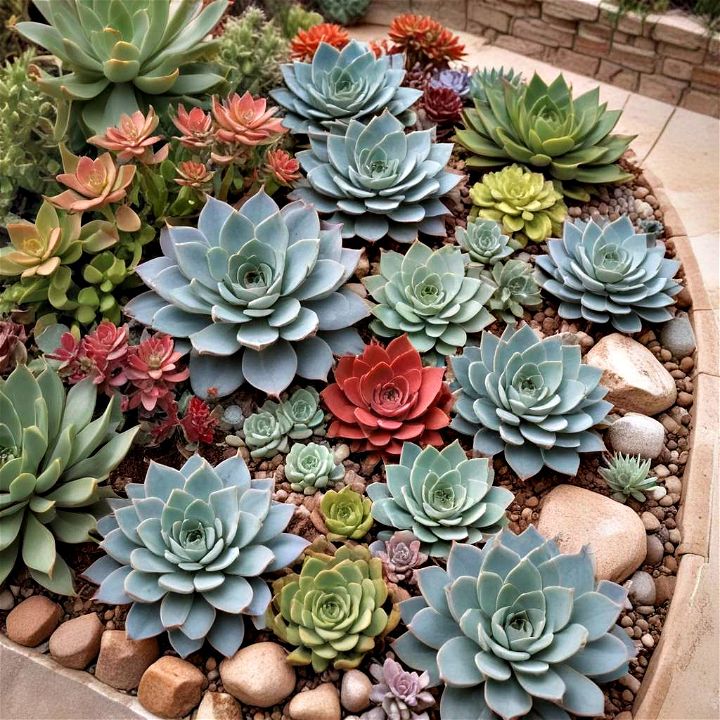
Succulents are the ultimate low-water-use plants, storing moisture in their leaves and thriving in dry conditions. Design a succulent garden for a vibrant and textural landscape feature that’s both drought-tolerant and strikingly modern. Their variety in shape and color offers endless design possibilities.
6. Rock Gardens
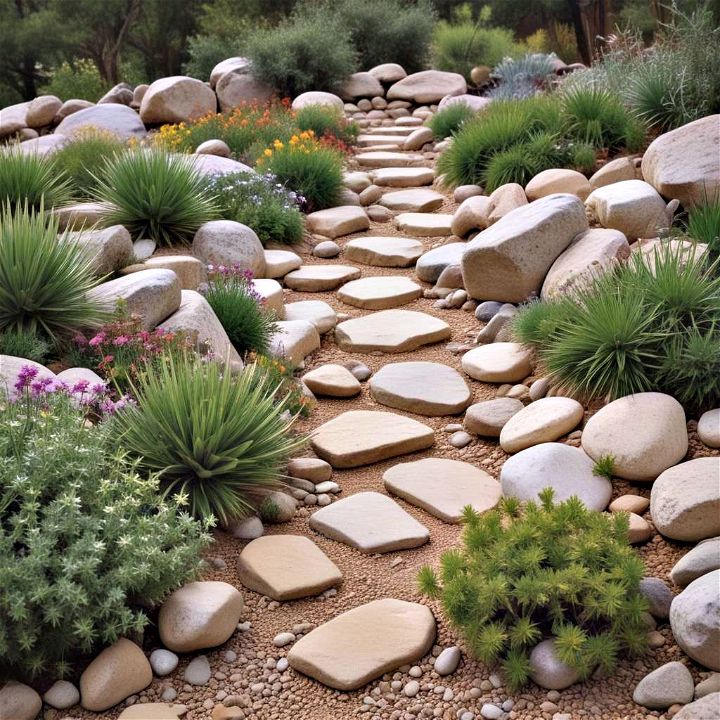
Rock gardens celebrate the beauty of minimalism and resilience. They require little to no watering and can showcase a diverse range of rocks and drought-tolerant plants. This combination creates a serene and naturalistic setting that evokes the rugged beauty of alpine landscapes.
7. Mulching Beds
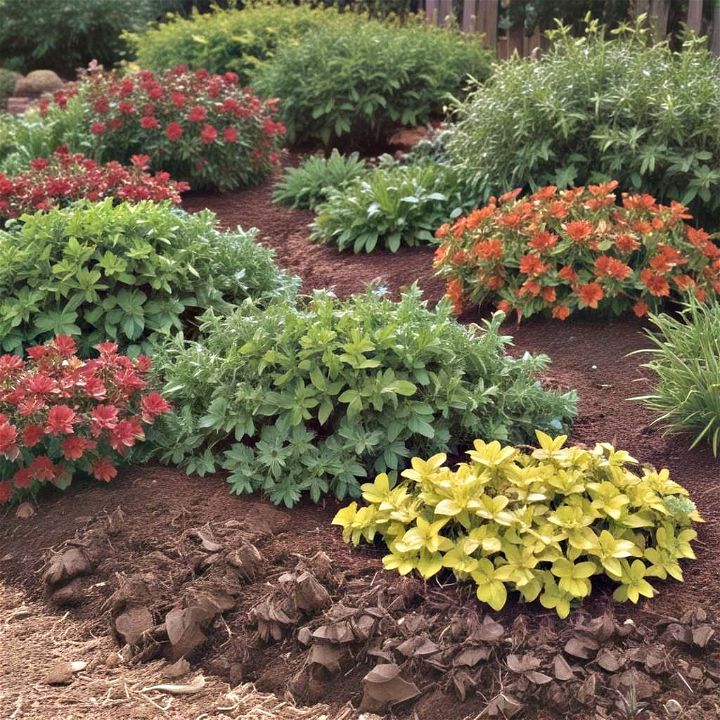
Applying a generous layer of mulch to your garden beds helps retain soil moisture, suppress weeds, and improve soil quality. This reduces the need for frequent watering and maintenance. Plus, mulch comes in various colors and textures, allowing you to enhance your garden’s look while conserving water.
8. Artificial Turf
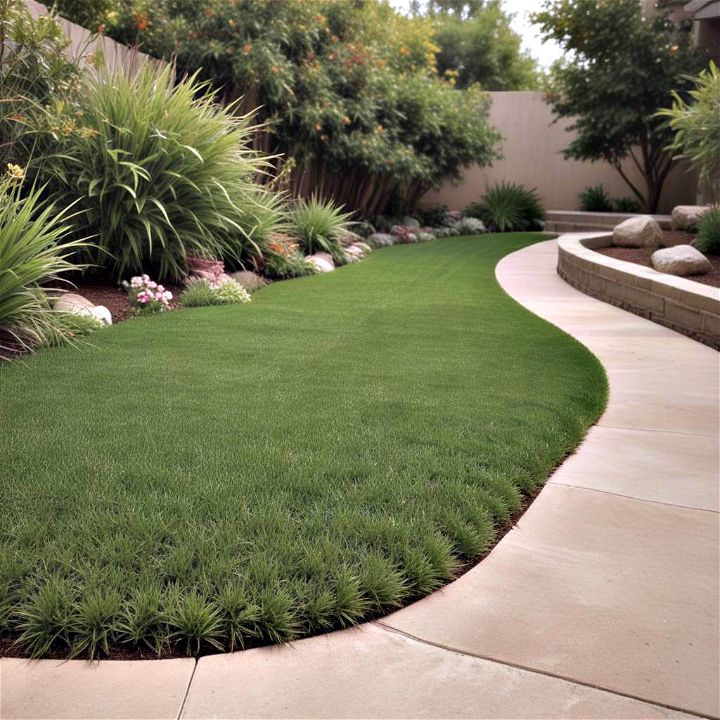
Explore innovative xeriscape landscaping ideas perfect for sustainable and beautiful yards. For those seeking a green lawn without the watering demands, artificial turf is an excellent water-wise option. Modern synthetic grass looks and feels remarkably similar to the real thing and requires no mowing, fertilizing, or watering, making it perfect for busy homeowners.
9. Rainwater Harvesting Features
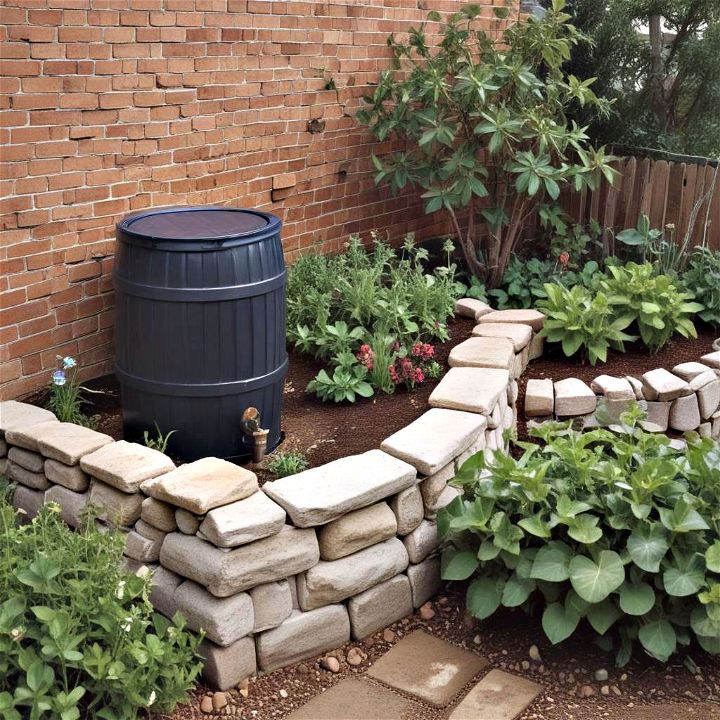
Incorporating rainwater harvesting systems, like rain barrels or a rain garden, captures runoff from roofs and hardscapes, storing it for future garden watering. This practice not only conserves water but also reduces your reliance on municipal supplies, making your garden more resilient and sustainable.
10. Xerophyte Border Gardens

Xerophytes are plants specially adapted to survive in an environment with little water. Designing border gardens with these plants can create a visually stunning and practical solution to reduce water usage. Plus, their exotic shapes and textures add an unparalleled aesthetic appeal to your garden edges.
11. Herb Spirals
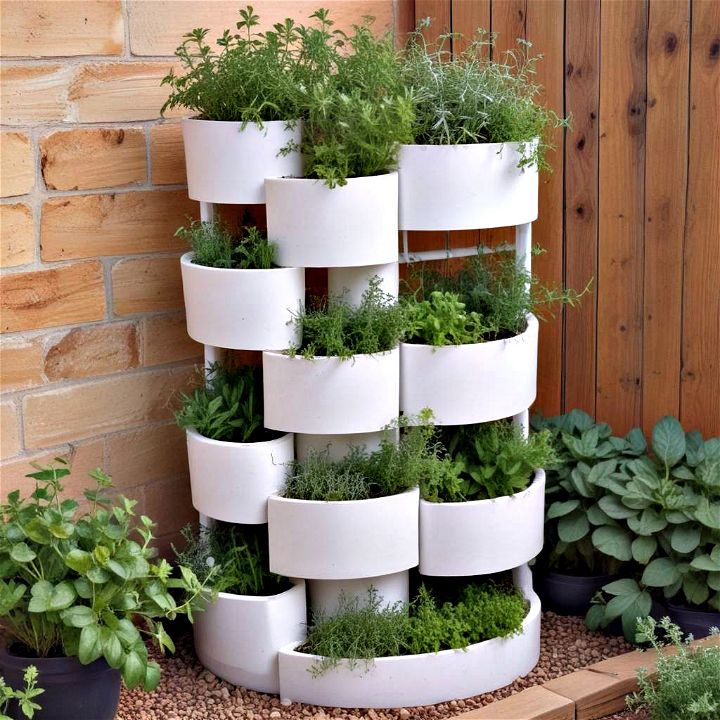
An herb spiral is a compact and efficient garden design that maximizes planting space and microclimate advantages to grow a variety of herbs. This vertical gardening technique minimizes water use while providing easy access to fresh, aromatic herbs right in your backyard.
12. Shade Structures
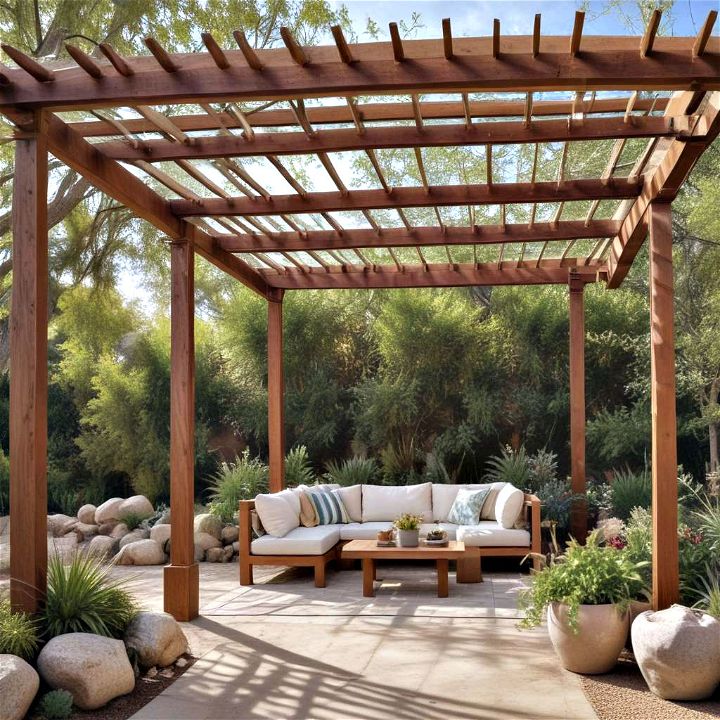
Strategically placed shade structures, like pergolas or shade sails, reduce water evaporation from garden soils and plants, conserving moisture where it counts. They also create cool, comfortable areas for outdoor living while adding architectural interest to your landscape.
13. Ground Cover Alternatives

Get inspired with stunning xeriscaping examples that save water and look amazing. Replacing traditional lawns with ground cover plants, such as creeping thyme or sedum, offers an eco-friendly lawn alternative. These plants provide dense, low-maintenance coverage, reduce erosion, and require significantly less water, keeping your garden lush and green throughout the year.
14. Decomposed Granite Patios
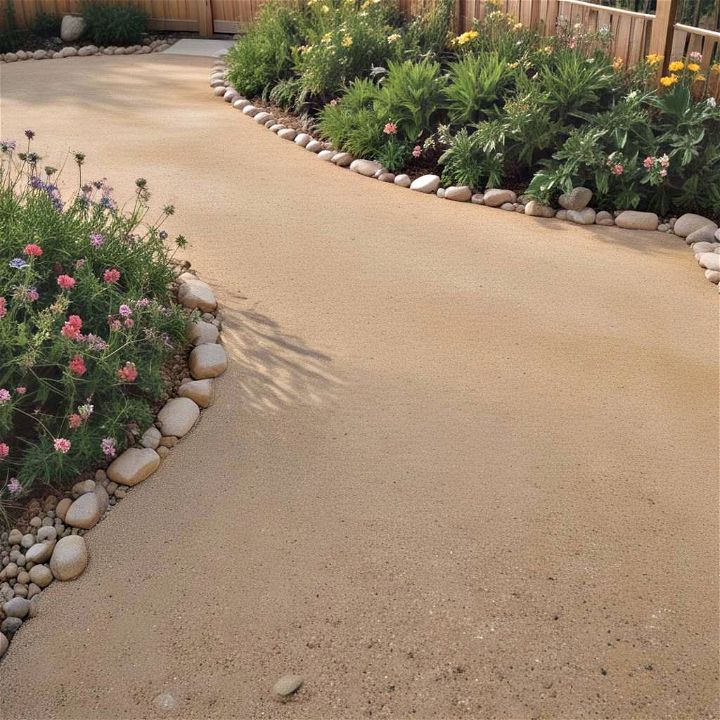
Decomposed granite offers a natural, rustic look for patios and walkways. It's permeable, allowing water to seep through to the ground beneath, which reduces runoff and the need for irrigation. Plus, its golden hue warms up the garden, providing a cozy, earthy feel.
15. Wildlife-Friendly Xeriscaping
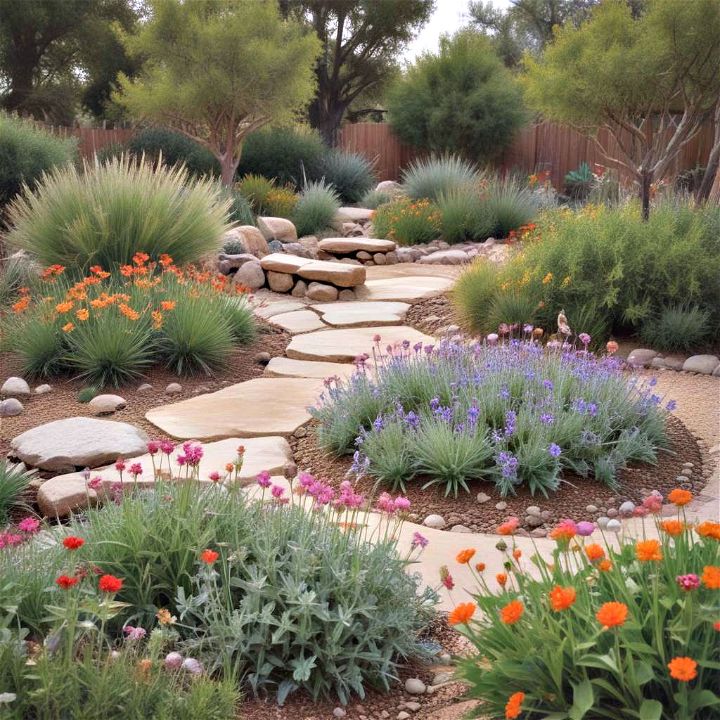
Designing your xeriscape to be wildlife-friendly not only saves water but also invites birds, bees, and butterflies into your garden. Choose native, flowering plants that provide nectar and habitat, and consider adding a water-saving bird bath or shallow water feature for an enchanting, life-filled oasis.
16. Solar Lighting
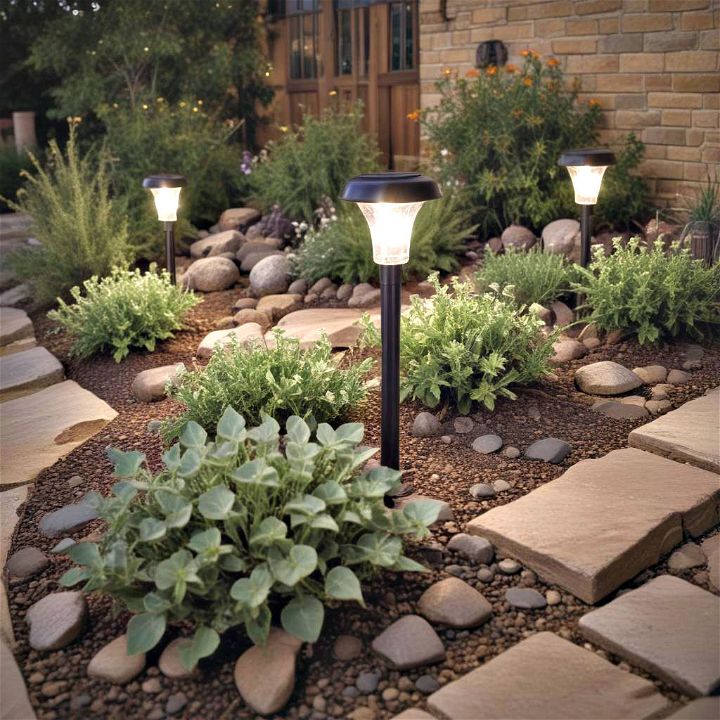
Craft your dream yard with expert xeriscape landscape design tips for low-maintenance beauty. Incorporating solar lighting into your xeriscape can highlight your garden's features without increasing your energy use. These lights charge during the day and illuminate paths, plants, and architectural elements at night, creating a magical atmosphere without needing complex wiring or electrical work.
17. Vertical Gardening
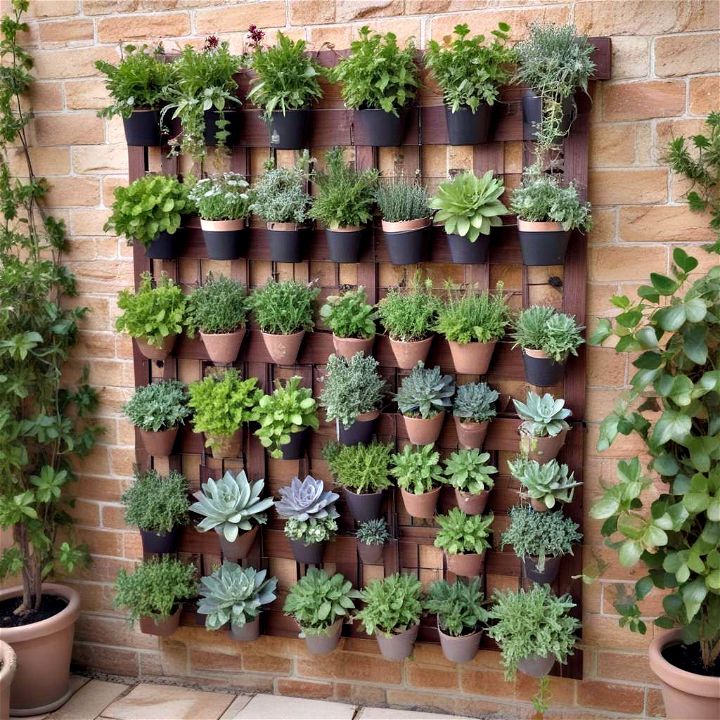
Vertical gardening is an innovative solution for those with limited space. It involves growing plants upwards on trellises, walls, or towers, saving ground space and reducing water usage by concentrating irrigation. This method is perfect for herbs, succulents, and vine plants, adding dimension and interest to your xeriscape.
18. Drip Irrigation Systems
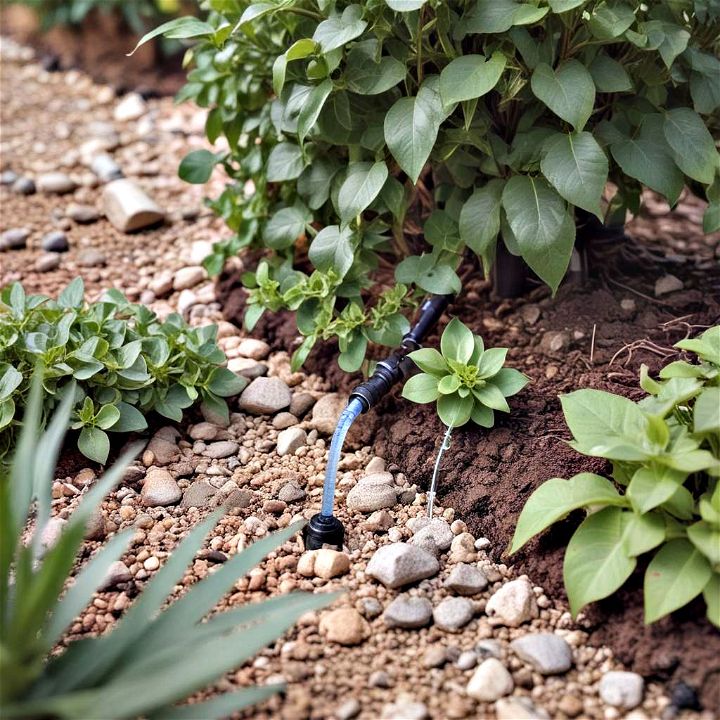
Installing a drip irrigation system ensures that water reaches directly to the roots of your plants, where it's most needed. This method minimizes water waste through evaporation or runoff and can be automated for convenience, ensuring your xeriscape receives the right amount of water with minimal effort.
19. Xeriscape Container Gardening

Container gardening is a versatile addition to any xeriscape, allowing you to grow a variety of plants in limited spaces. Containers retain moisture better and can be moved to suit the plants' needs or your aesthetic preferences. Choose drought-tolerant species for an efficient and stylish xeriscape feature.
20. Reflective Mulches
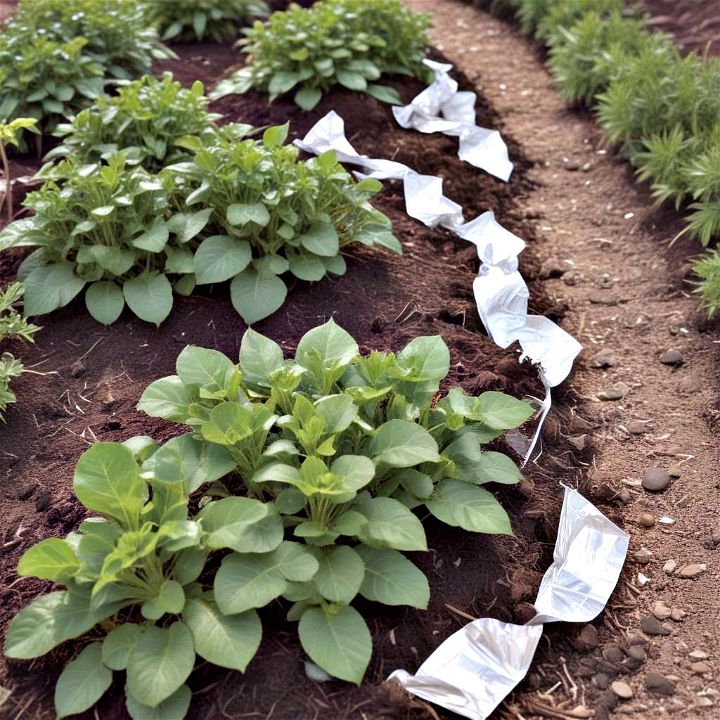
Reflective mulches, such as white plastic or aluminum foil, can significantly reduce water needs by reflecting sunlight back onto plants. This increases light exposure and helps retain soil moisture, which is especially beneficial in vegetable gardens and for young plants that need more light to grow.
21. Swale Landscaping

Swales are shallow, landscaped channels that capture rainwater and direct it to where it's needed most. Incorporating swales into your xeriscape not only conserves water by preventing runoff but also naturally irrigates your plants, reducing the need for supplemental watering.
22. Rain Garden Integration
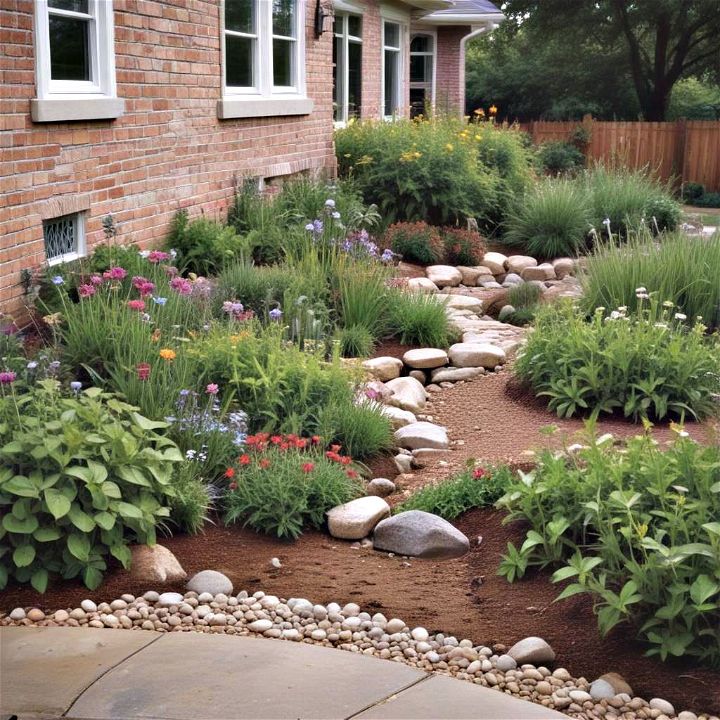
Rain gardens are designed to catch and filter runoff water from impervious surfaces like roofs and driveways. Planting a rain garden with native, water-tolerant plants creates a natural filtration system, reducing water pollution and providing a unique, low-maintenance landscape feature.
23. Outdoor Living Spaces

Maximize your xeriscape’s potential by integrating outdoor living spaces, such as patios, seating areas, or fire pits. These zones encourage outdoor activity and enjoyment without the need for water-intensive lawns, offering a sustainable and inviting extension of your home.
24. Green Roofs

Find unique and practical xeriscape designs to achieve a stylish, drought-resistant garden. Green roofs are not only for urban environments. Installing a green roof on your shed or garage can improve insulation, reduce runoff, and support a variety of drought-resistant plants. This innovative idea adds a unique aesthetic dimension while contributing positively to your home’s ecosystem.
25. Boulder Landscaping

Boulders and large rocks add a dramatic, natural element to your xeriscape design. They require no water, create focal points, and can be positioned to direct rainwater flow towards plants that need it most. This blend of functionality and beauty makes boulders an excellent choice for water-wise gardens.
Conclusion:
Wrapping up, these 25 xeriscape ideas for a low-maintenance garden can help you create a beautiful and sustainable outdoor space. By exploring these xeriscape landscaping ideas, you can reduce water usage, lower maintenance, and enhance the natural beauty of your garden. Start implementing these tips today and enjoy a thriving, eco-friendly garden.

